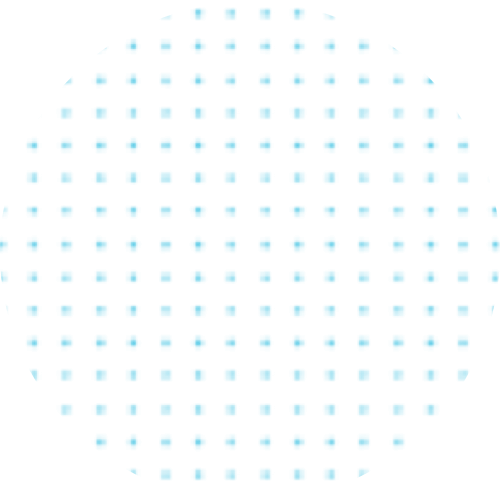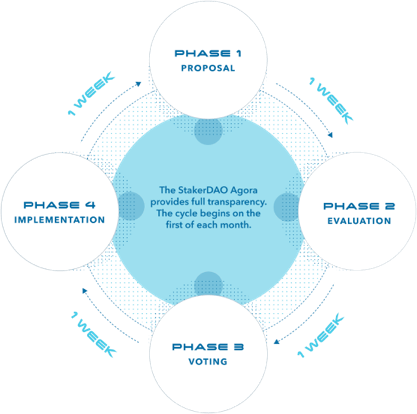StakerDAO
Serokell architected a portfolio token ecosystem on Ethereum, a governance token on Tezos, CLI tooling for contract administration, and a web app to facilitate the secure token exchange.
StakerDAO is a platform where crypto-token holders collaborate to launch and manage financial assets in a decentralized, secure manner.
Serokell developers used their expert knowledge of financial markets, blockchain, and smart contract development to architect and implement a technical solution for StakerDAO.
Improving StakerDAO
In collaboration with the customer, we designed a portfolio token ecosystem on Ethereum and a governance token on Tezos.



StakerDAO
Ecosystem Development
The key difference of the StakerDao ecosystem from other fund-like investment products in crypto space is that it uses PoS tokens for staking and pays rewards obtained in this process back to the portfolio token buyers via a procedure similar to share buyback.

Our responsibilities included investigating existing solutions, analyzing new requirements for functionality, verifying hypotheses, and developing StakerDAO’s advanced features.
We also created the necessary CLI tooling for contract administration and a web app for governance monitoring.
docs.stakerdao.com
Features introduced by Serokell
We were responsible for governance token STKR deployment on the Tezos network.
The STKR token is a smart contract on the Tezos network that allows to maintain an up-to-date summary of Staker Operations team actions and conduct council voting for
the proposal of a new StakerDAO policy.
Our team created and launched the BLND token.
The Blend token (BLND) is an ERC-20 token that tracks a basket of Proof of Stake assets and is used to represent the individual share of each user. By holding the BLND token, validators of individual PoS chains can allocate their assets across many PoS chains.
Serokell developed a governance monitor application.
This is a fork of Agora that displays information about the latest consensus of the governance token, the details of the voting process, and discussions between the fund's managing parties.
Overall, we have implemented a solution based on best practices in the blockchain industry.
The first stage of the project that included the development and deployment of the deliverables successfully ended in February 2020.

Staker Bridge
In the second stage of the project, we designed a web application, Staker Bridge, to facilitate a secure exchange of two tokens across different blockchain platforms. It supports exchanges between the Tezos, Ethereum, and Algorand blockchains, offering users a reliable means of swapping tokens.
Our contribution included:
- Development of a secure algorithm for token swaps.
- Creation of swap contracts, including a swap contract on Ethereum.
- Development of an Algorand SDK for Haskell.
The introduction of Staker Bridge allows users to access broader functionality while working with Staker DAO:
Secure token
exchange
Users can securely exchange tokens between two of the three supported blockchains: Ethereum, Tezos, and Algorand.
Integration with wallet applications
Staker Bridge integrates seamlessly with popular wallet applications, including MetaMask for Ethereum, Temple for Tezos, and MyAlgo for Algorand, enhancing user experience.
Transaction history
and redemption
Users have access to their past exchanges and can redeem their assets in case of issues, such as delayed transactions.
Technical stack
Haskell
Morley
TypeScript
Solidity
Algorand
Results
Serokell experts leveraged the latest advances in blockchain technology to provide the client with convenient tools for managing financial transactions on StakerDAO, including STKR and BLND tokens and Staker Bridge.
